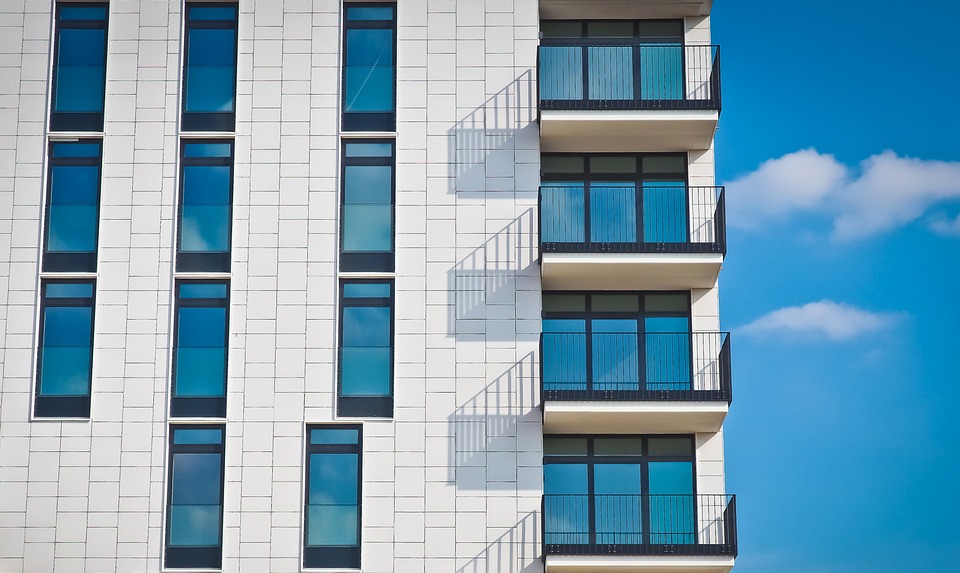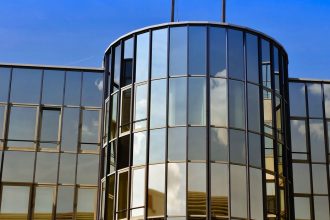From Concrete Jungle to Green Oasis: The Future of Urban Living and Sustainable Real Estate Development
As cities around the world continue to expand, the necessity for sustainable urban living has never been more pressing. The stark contrast between the “concrete jungle” of urban environments and the need for green spaces has spurred innovative practices in sustainable real estate development. One promising movement in this realm is the Living Building Challenge, which sets an ambitious standard for high-performance green buildings. This post will explore how urban areas are transforming into green oases through sustainable development practices and provide insights into the future of urban living.
Understanding the Movement: The Living Building Challenge
The Living Building Challenge (LBC), initiated by the International Living Future Institute (ILFI), is a holistic green building certification program that strives to push buildings beyond conventional sustainability limits. The challenge is centered around seven performance standards known as "Petals," which include Place, Water, Energy, Health + Happiness, Materials, Equity, and Beauty. Buildings that fulfill these criteria are not only self-sufficient but also aim to contribute positively to their environment.
1. Place: Encouraging buildings to respect the surrounding context and ecosystem.
2. Water: Aiming for net-zero water usage through innovative rainwater harvesting and greywater recycling systems.
3. Energy: Promoting buildings that generate more energy than they consume, often through renewable resources.
4. Health + Happiness: Fostering wellness through the use of natural light, air quality, and access to green spaces.
5. Materials: Using non-toxic, sustainable materials that do not contribute to the depletion of natural resources.
6. Equity: Ensuring that buildings are accessible and beneficial to all community members.
7. Beauty: Emphasizing aesthetic appeal that enhances the spaces in which people live and work.
By adhering to these principles, urban developers can radically transform the real estate landscape and help restore harmony between urbanity and nature.
Transformative Practices in Sustainable Real Estate Development
1. Urban Green Spaces and Biophilic Design
Biophilic design—incorporating natural elements into urban architecture—is gaining traction as a means of improving residents’ mental well-being. The integration of greenery, water features, and natural materials can mitigate the urban heat island effect and enhance biodiversity. Initiatives such as vertical gardens and green roofs not only provide aesthetic value but also serve functional roles in insulation, stormwater management, and air purification.
Examples:
- Bosco Verticale (Vertical Forest) in Milan integrates residential units with over 9,000 trees and more than 20,000 plants, enhancing biodiversity and improving air quality within the city.
2. Energy-Positive Buildings
Energy-positive buildings produce more energy than they consume through advanced technologies such as solar panels, wind turbines, and energy-efficient design principles. This approach aligns with the LBC’s energy criteria and promotes a shift towards renewable energy sources, ultimately leading to lower operating costs and reduced carbon footprints.
Examples:
- The Bullitt Center in Seattle, often dubbed the greenest commercial building in the world, harnesses solar energy and rainwater while its design maximizes natural ventilation and lighting.
3. Water Management Innovations
Urban environments frequently struggle with water management issues. Sustainable development practices such as permeable paving, rain gardens, and greywater systems can significantly reduce runoff and conserve water. The LBC emphasizes net-zero water usage, pushing developers toward innovative water cycling systems.
Examples:
- The Eastside Eco District in Portland, OR, integrates stormwater management systems, including bioswales and green streets, creating a healthier urban watershed.
4. Sustainable Transportation Solutions
Cities are increasingly focusing on sustainable transportation to reduce reliance on fossil fuels. By incorporating bike lanes, pedestrian-friendly spaces, and electric vehicle charging stations, developments can promote environmentally-friendly commuting options.
Examples:
- The Hudson Yards project in New York City is designed with sustainability in mind, including a highly efficient transportation network that prioritizes public transport and pedestrian movement over cars.
The Future: A Collaborative Approach
As we move toward more sustainable urban living, collaboration among developers, local governments, planners, and communities will be vital for creating eco-friendly urban environments. The rise of mixed-use developments, where residential, commercial, and recreational spaces coexist, allows for vibrant neighborhoods that minimize the need for long commutes and promote community interaction.
Engaging residents in the planning process fosters a sense of belonging and encourages stewards of their environment. The education of both builders and occupants on sustainability practices is crucial in ensuring the longevity and effectiveness of these initiatives.
Conclusion
The journey from concrete jungle to green oasis represents not merely a shift in architectural aesthetics but a fundamental change in how we perceive urban living. The practices highlighted by the Living Building Challenge underscore the importance of creating spaces that respect both people and the planet. By embracing green building design, innovative practices, and a holistic approach to urban planning, cities can evolve into sustainable havens—balancing the needs of their inhabitants with the health of our planet. As we look to the future, the vision of urban living as a harmonious blend of nature and architecture is not just a dream but an achievable reality.







